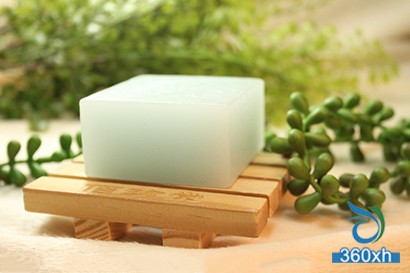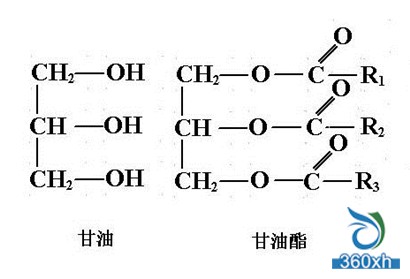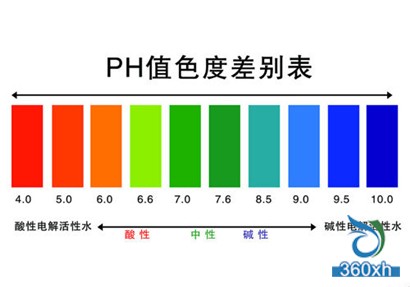
Is it easy to wash your face with handmade soap? Many people think that handmade soap is a magical product, but in reality, it's just another type of cleanser. The production process is more traditional and creative, which gives it a unique appeal. If you enjoy DIY projects or are looking for something different, handmade soap might be worth trying. However, if your main goal is effective facial cleansing, it's better to choose a product specifically designed for your skin type—like a gentle cleanser or cream.
First, uncover the truth behind the popularity of handmade soap

The image shows the chemical element table of glycerol.
1. Handmade soap often contains natural glycerin, which is known for its strong moisturizing properties and is gentle on the skin. It produces a rich, fine lather that effectively removes dirt and oil from pores, leaving the skin soft and glowing.
The truth: Glycerin in handmade soaps can absorb moisture from the air, causing the soap to become soft or even melt. When you rinse your face with water after using it, the glycerin may wash away, making the "super moisturizing" claim less accurate than it seems.
2. Traditional soap-making involves high temperatures, which can destroy some of the natural ingredients added during the process.
The truth: Industrial soaps often include glycerin, essential oils, and plant extracts. These are usually added after the saponification process, at lower temperatures (often below 60°C), which is actually milder than the conditions used in handmade soap. In fact, the high alkalinity in handmade soap can cause these ingredients to break down more easily, reducing their effectiveness.
3. Handmade soap is considered more eco-friendly.
The truth: While handmade soap is often marketed as environmentally friendly, it’s not always the case. Some handmade soaps still contain chemicals, and they don’t necessarily break down faster than commercial products. Proper disposal and understanding of the actual ingredients are important for real environmental impact.

The closer the pH is to neutral, the milder the skin is.
Second, how to use handmade soap correctly
Even though handmade soap contains some strong alkali, it doesn’t mean it’s unsafe. If left to cure for a long time, the alkali levels naturally decrease, making it safer for use. However, it’s still important to be cautious.
If you want to check the pH of your handmade soap, it’s best to make small holes in different parts of the bar and mix the samples before testing. This will give a more accurate reading.
For those with sensitive skin, it’s a good idea to do a patch test first. Apply a small amount on your arm or behind your ear and wait 24 hours to see if any reaction occurs. If there’s no irritation, it’s probably safe to use. But if you experience redness, itching, or swelling, stop using it immediately.
>>> Easy way to teach you how to identify your skin
Clear and not greasy sunscreen,Rapid film formation sunscreen,Easy to clean sunscreen,Waterproof and sweat resistant isolation milk
HomeSafe Group , https://www.homesafebio.com